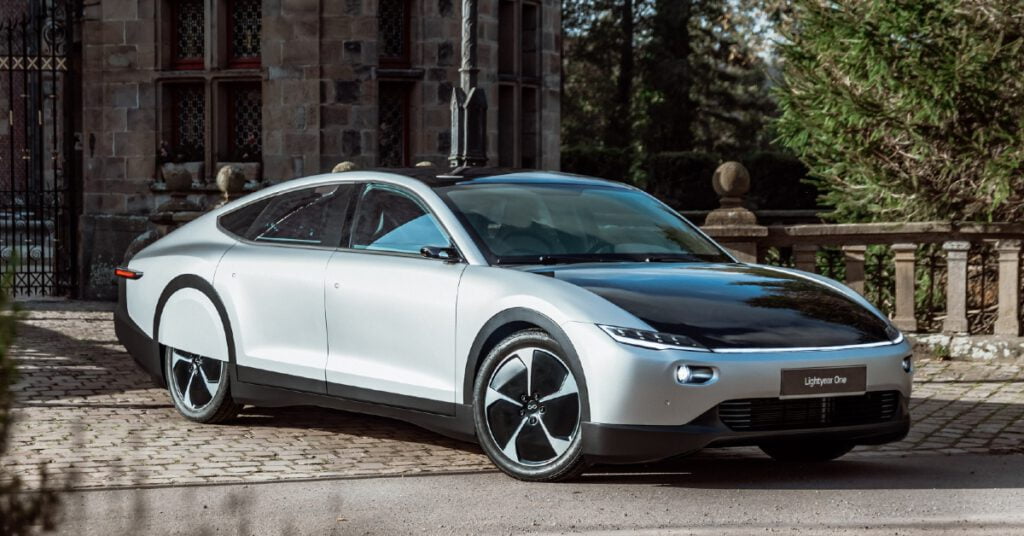Image credit: Lightyear
With a mission to provide clean mobility everywhere, the Netherlands-based solar electric car company, Lightyear, has raised $48M (approx €40.2M) in a fresh round of funding led by Zero Point Holding BV – an investment vehicle of a Swiss family.
Use of the funds
According to Lightyear, this latest round marks its largest financing to date and will help the company to support its growth and path towards the first customer deliveries of the “Lightyear One” – its exclusive series car, at the end of this year.
Speaking on the development, Lex Hoefsloot, CEO and co-founder of Lightyear says, “This funding round will help us accelerate towards the first deliveries at the end of the year. We are grateful for the support of all the individual investors and happy to welcome them as ambassadors to our mission.”
What is Lightyear working on?
Lightyear is a tech company developing an ultra-energy-efficient automotive platform. The company was founded in 2016 by Arjo van der Ham, Koen van Ham, Lex Hoefsloot, Martijn Lammers, and Qurein Biewenga.
The company is working towards commercialising its patent portfolio that covers innovations for an efficient powertrain, high yield solar roof, and optimised thermal management system, in order to minimise the charging needs and grid dependency of its vehicle – “Lightyear One”.
About Lightyear One
The company claims that the car’s unique architecture and technology have been developed with efficiency in mind, allowing Lightyear One to consume only 83 Wh/km, which is two to three times less energy than any other electric vehicle on the market today. This results in the car having a range of about 725 KM (WLTP) with the lowest emissions, the lowest charging frequency, and 7,000 to 20,000 KMs of clean solar range every year.
The Lightyear One will also be able to recharge from its own solar roof up to 80 per cent of the annual yield for an average driver in San Francisco, California.
The vehicle was announced worldwide back in 2019, and since then the company has been working towards the first customer deliveries which it claims will happen at the end of 2021. They are in the final phase of selecting a production partner.
Besides, to accelerate the development of the next model, a mass-market vehicle, Lightyear is currently working on additional equity financing to be executed in the remainder of 2021.
Previous growth and developments
In May 2020, Lightyear and Royal DSM, a global science-based company in nutrition, health and sustainable living, signed an agreement to jointly scale the commercialisation of Lightyear’s unique solar-powered roof for the electric vehicle market. With the solution, both companies aimed to accelerate the global adoption of a broad range of Electric Vehicles (EVs).
In July 2020, Sioux Technologies and BOM Brabant Ventures invested an undisclosed amount in Lightyear. Both investors recognised that Lightyear has the potential to become a key player in the regional manufacturing industry.
Prior to that in January 2019, The European Innovation Council invested €2.5M in Lightyear. The Dutch scale-up was one of 17 special SME (Small and Medium Enterprise) companies that came under the “Horizon 2020” program of the European Commission.
Horizon 2020 is the financial instrument implementing the Innovation Union, a Europe 2020 flagship initiative aimed at securing Europe’s global competitiveness.










